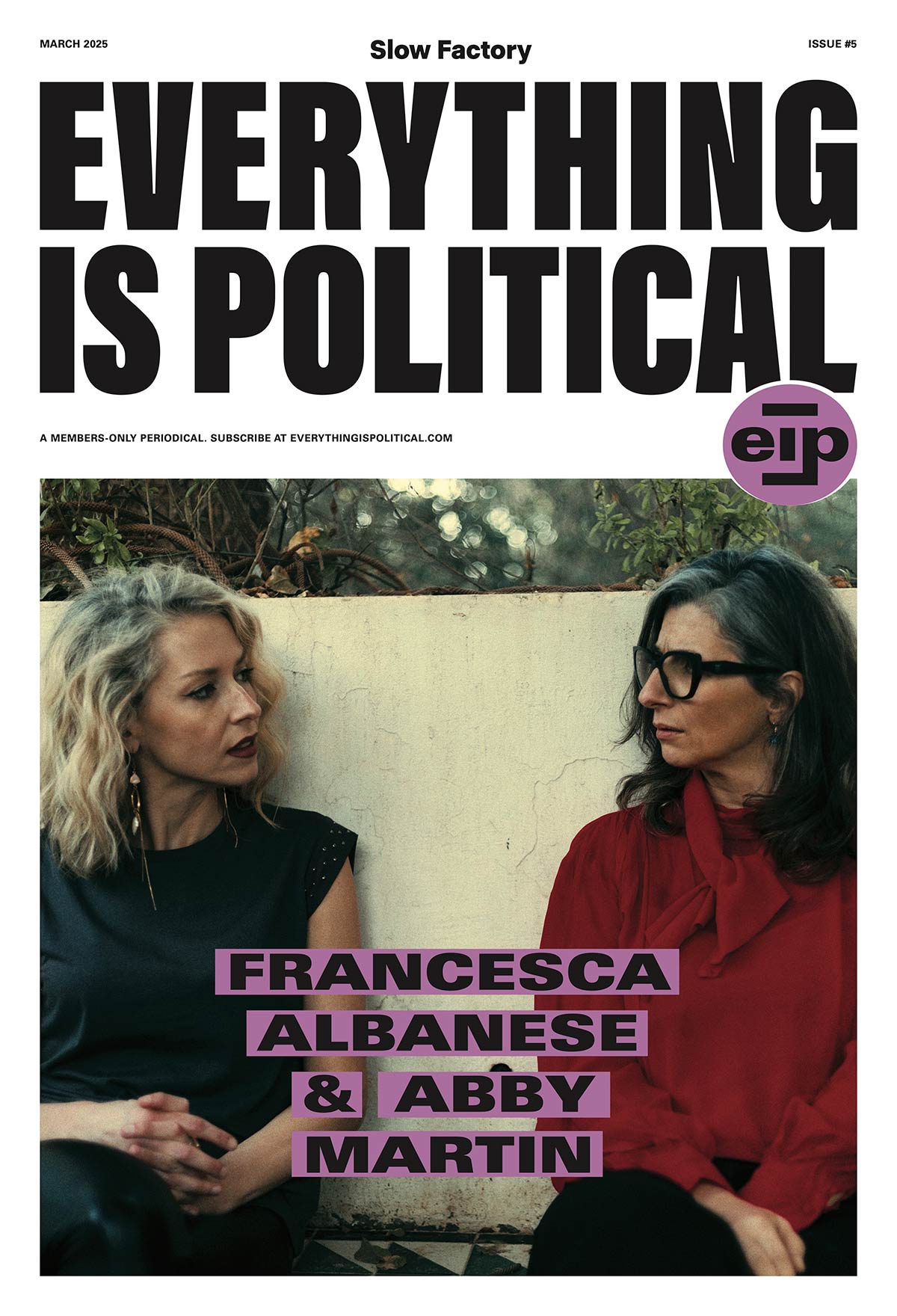Digital & Print Membership
Yearly + Receive 8 free printed back issues
$420 Annually
Monthly + Receive 3 free printed back issues
$40 Monthly
Collecteurs
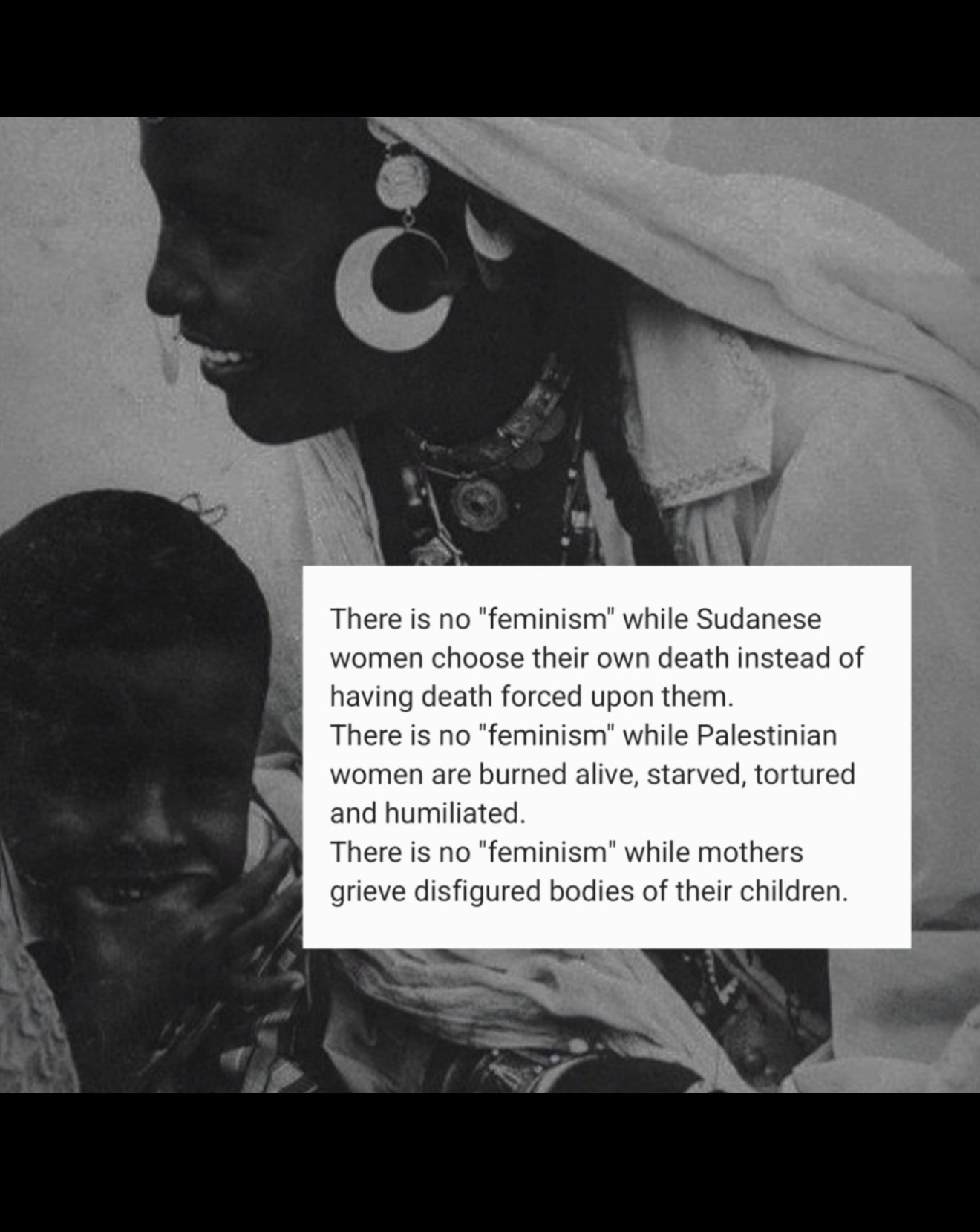
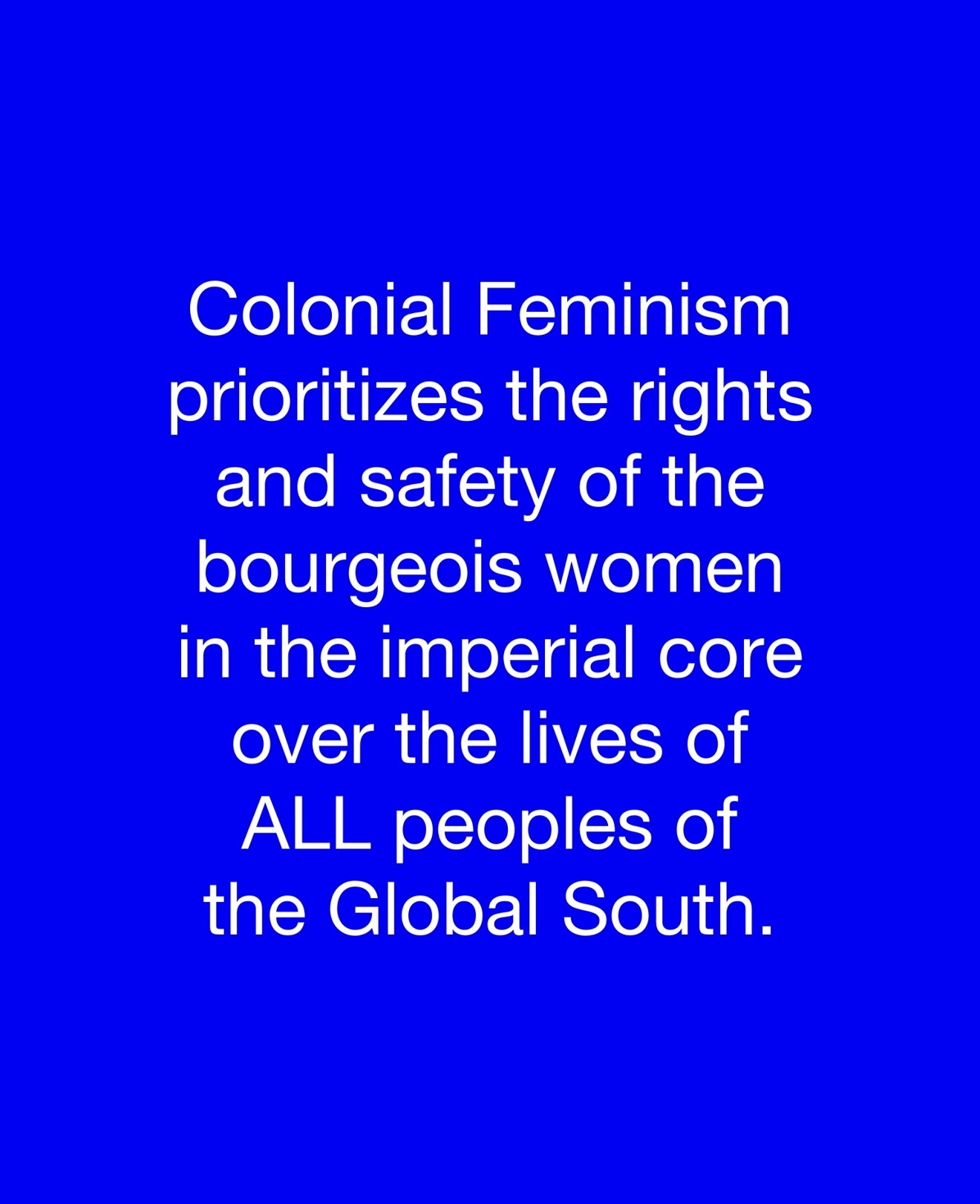
Collecteurs is shaking up the art world by making private collections public and redefining how we experience and preserve art. Co-founded by Evrim and Jessica Oralkan, it’s the world’s first collective digital museum, blending a collection management system with a social-network model. Instead of keeping valuable artwork locked away, Collecteurs turns collectors into “creative social agents” and invites the public to engage with pieces that would otherwise stay hidden. It’s a fresh approach that challenges the exclusivity of traditional museums and shifts the focus from market value to cultural significance.
But Collecteurs isn’t just about archiving—it’s about pushing boundaries. In 2019, they launched “The Library of DangerousThoughts,” reviving the ColdWar-era technique of pressing underground music onto Soviet-style X-ray film. The project featured unreleased audio from artists like Massive Attack and Pussy Riot, taking a stand against censorship while turning music into a physical, playable artifact. More recently, in 2024, they introduced “Falastin: A Digital Monument,” an evolving online archive dedicated to Palestinian cultural memory. Created with artists and curators worldwide, it ensures that stories and histories often overlooked by institutions remain accessible to all.
At its core, Collecteurs is rethinking the ethics of collecting and sharing art. It played a key role in drafting the first “Code of Conduct for Contemporary Art Collectors,” pushing for transparency, artist rights, and prioritizing culture over profit.Their shift to a “slow social media” model and the launch of “5% Forward” aim to break away from exploitative funding, creating a more sustainable, community-driven art ecosystem. By questioning the role of museums, reimagining digital preservation, and finding new ways to fund artists, Collecteurs isn’t just changing the game—it’s rewriting the rules entirely.
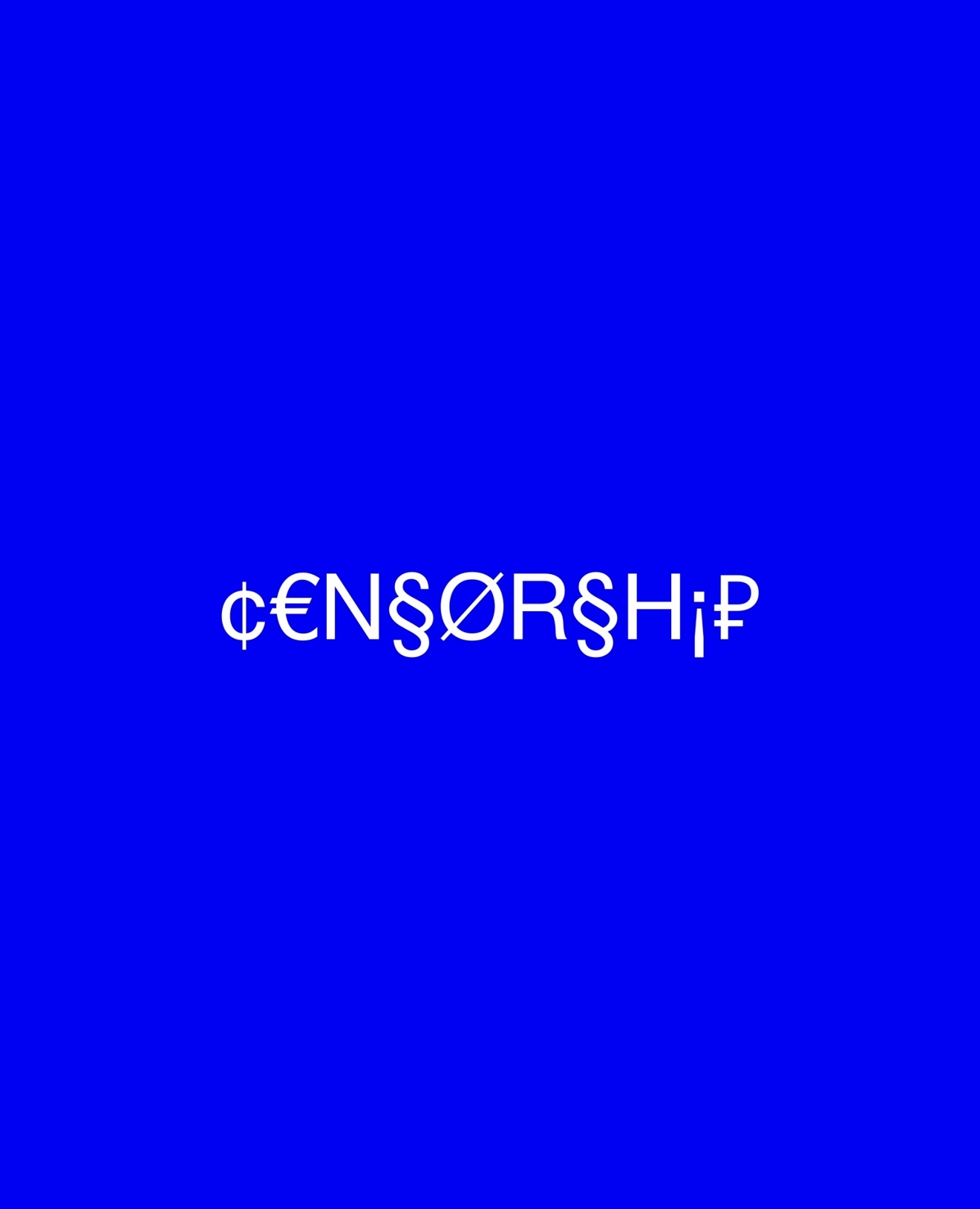
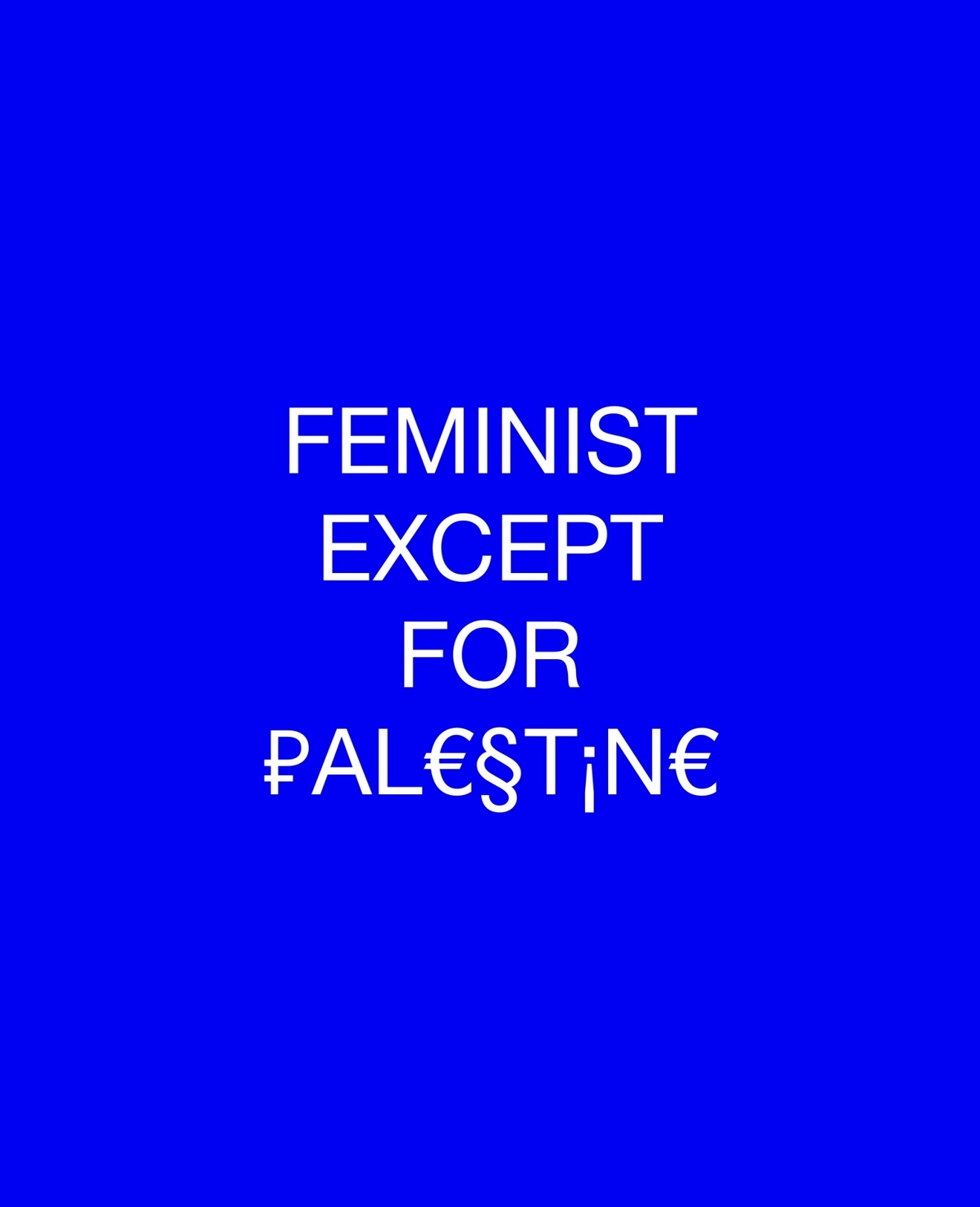
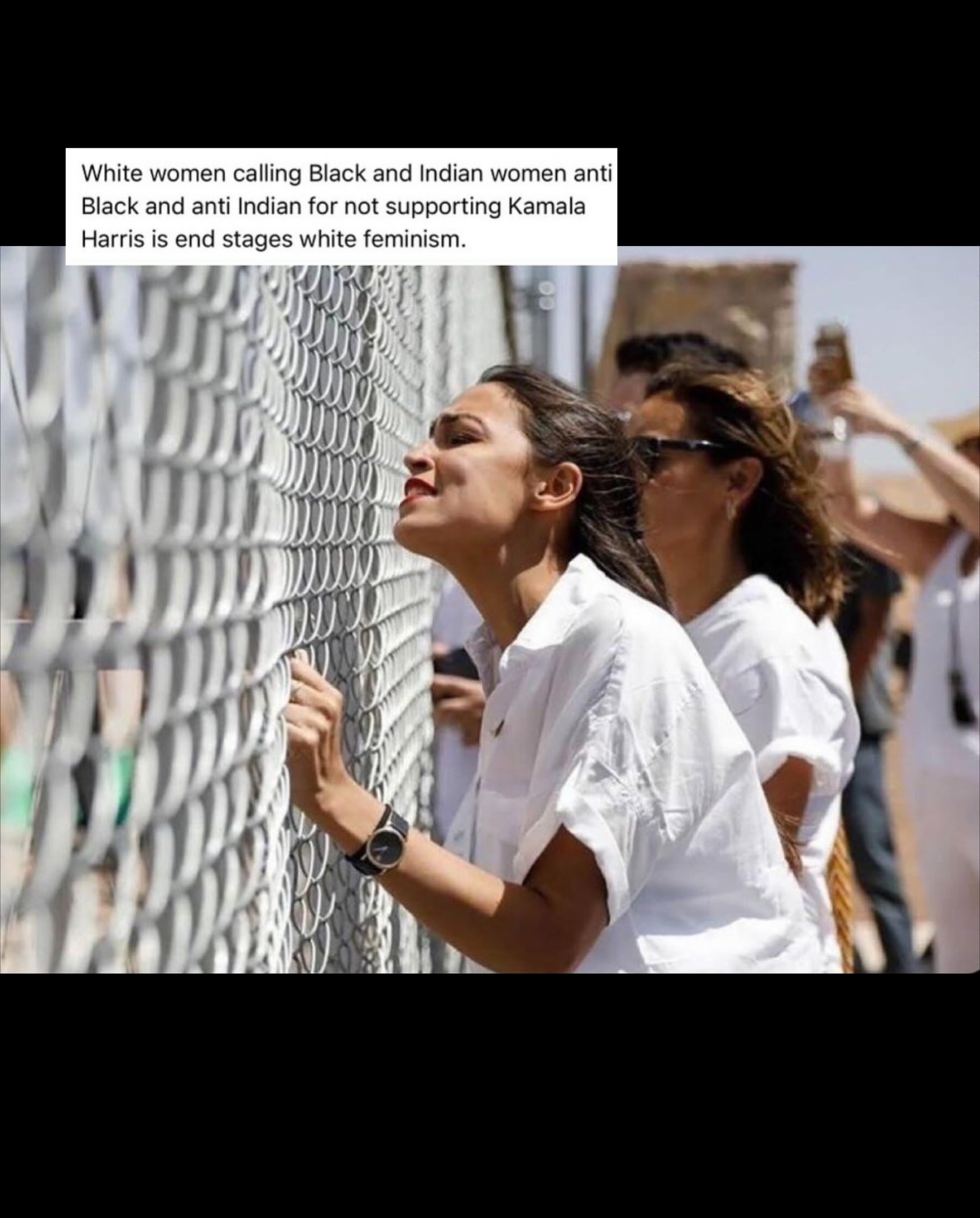
{
"article":
{
"title" : "Collecteurs",
"author" : "Collecteurs",
"category" : "visual",
"url" : "https://everythingispolitical.com/readings/collecteurs",
"date" : "2025-03-21 16:53:00 -0400",
"img" : "https://everythingispolitical.com/uploads/IMG_6914.jpeg",
"excerpt" : "",
"content" : "Collecteurs is shaking up the art world by making private collections public and redefining how we experience and preserve art. Co-founded by Evrim and Jessica Oralkan, it’s the world’s first collective digital museum, blending a collection management system with a social-network model. Instead of keeping valuable artwork locked away, Collecteurs turns collectors into “creative social agents” and invites the public to engage with pieces that would otherwise stay hidden. It’s a fresh approach that challenges the exclusivity of traditional museums and shifts the focus from market value to cultural significance.But Collecteurs isn’t just about archiving—it’s about pushing boundaries. In 2019, they launched “The Library of DangerousThoughts,” reviving the ColdWar-era technique of pressing underground music onto Soviet-style X-ray film. The project featured unreleased audio from artists like Massive Attack and Pussy Riot, taking a stand against censorship while turning music into a physical, playable artifact. More recently, in 2024, they introduced “Falastin: A Digital Monument,” an evolving online archive dedicated to Palestinian cultural memory. Created with artists and curators worldwide, it ensures that stories and histories often overlooked by institutions remain accessible to all.At its core, Collecteurs is rethinking the ethics of collecting and sharing art. It played a key role in drafting the first “Code of Conduct for Contemporary Art Collectors,” pushing for transparency, artist rights, and prioritizing culture over profit.Their shift to a “slow social media” model and the launch of “5% Forward” aim to break away from exploitative funding, creating a more sustainable, community-driven art ecosystem. By questioning the role of museums, reimagining digital preservation, and finding new ways to fund artists, Collecteurs isn’t just changing the game—it’s rewriting the rules entirely."
}
,
"relatedposts": [
{
"title" : "Narrative Sovereignty in the American Wing of The Met: Don't Miss ENCODED at the MET",
"author" : "",
"category" : "",
"url" : "https://everythingispolitical.com/readings/narrative-sovereignty-in-the-american-wing-of-the-met",
"date" : "2025-12-22 12:58:00 -0500",
"img" : "https://everythingispolitical.com/uploads/Cover_EIP_Hidden_Exhibition.jpg",
"excerpt" : "As artists and multicultural activists, we did not come to the Metropolitan Museum of Art’s American Wing seeking permission, instead we showed up to the work with intention, responsibility, and a commitment to truth. ENCODED: Change the Story, Change the Future exists because silence is not neutral, presence without agency is insufficient and solidarity across values-based creativity is essential for liberation.",
"content" : "As artists and multicultural activists, we did not come to the Metropolitan Museum of Art’s American Wing seeking permission, instead we showed up to the work with intention, responsibility, and a commitment to truth. ENCODED: Change the Story, Change the Future exists because silence is not neutral, presence without agency is insufficient and solidarity across values-based creativity is essential for liberation.The American Wing is often described as a celebration of American art, yet it also functions as a carefully curated archive of colonial mythology and westward expansion propaganda. Its paintings and sculptures rehearse familiar narratives: conquest framed as destiny, extraction framed as progress, whiteness framed as purity, Indigenous absence framed as inevitability. These works are not merely historical artifacts; they are instruments of narrative power. They encode ideas about belonging, legitimacy, and nationhood, ideas that continue to shape cultural consciousness and public policy today. ENCODED intervenes in this institutional space not to negate history, but to complicate it. Using augmented reality, the exhibition overlays Indigenous artistic expression and counter-narratives directly onto famous works in the American Wing, reframing them through Indigenous epistemologies, lived experience, and historical truth. This is not an act of erasure. It is an act of expansion and an overt insistence that American art history is incomplete without Indigenous voice, presence, and critique.At its core, ENCODED is grounded in the principle of narrative sovereignty. Narrative sovereignty asserts that communities most impacted by historical and ongoing harm such as Indigenous peoples, Afro-descendant people, Palestinians, Pacific Islanders, Trans folks and the working class all must have the authority to tell their own stories, in their own words, and within the institutions that have historically excluded or misrepresented them. This is not a symbolic gesture. It is a democratic imperative.Democracy depends on access to truth. When museums present a singular, sanitized vision of history, they do not merely reflect power, they reinforce it. The American Wing has long upheld myths of “taming the West” and the so-called exhaustion of empire, narratives that obscure the violence of settler colonialism, normalize Indigenous dispossession and chattel slavery. ENCODED challenges these myths by making visible what has been omitted: resistance, survival, continuity, solidarity and accountability. For me, I also hope this intervention reflects back to museum goers and viewers the perils of authoritarianism, fascism and ongoing colonial projects such as legacy media consolidation, rapid creation of datacenters to produce AI, cutting access to healthcare, education, rights, or the current US regime’s attempt to erase history by any means necessary.The artists participating in ENCODED are not responding nostalgically to the past. They are engaging the present. Their work examines how colonial narratives persist in contemporary systems including environmental destruction justified by extraction, racial hierarchies reinforced through cultural storytelling, and institutions that benefit from the aesthetics of inclusion while resisting structural change. These are not abstract critiques; they are lived realities and for me deep lessons that have been shaped by having formerly worked at a neocolonial conservation nonprofit ran by wealthy cis wyt men and their enablers for nearly five years.Artistic integrity, in this context, cannot be separated from ethical responsibility. For too long, the art world has upheld a false binary between aesthetics and politics, suggesting that rigor diminishes when artists engage power directly. ENCODED rejects this premise. Integrity is not neutrality. Integrity is the willingness to tell the truth, even when it destabilizes comfort or prestige. Walking with integrity can be painful and takes courage.Importantly, ENCODED is not positioned as a protest staged outside the institution, nor as a request for institutional validation. It is an act of presence with agency. The project uses accessible technology to meet audiences where they are, inviting participation rather than reverence. Viewers scan QR codes and encounter layered narratives that ask them to look again, listen differently, and question inherited assumptions. Except for a few organized tours, the experience is self-guided, decentralized, and deliberately democratic. It’s also fun, and it is so special to hear the familiar sounds from the ENCODED pieces ring throughout the galleries signalling that kin is close by.This kinship network and accessibility is central to the work. Cultural literacy should not be gated by academic language, curatorial authority, white exceptionalism or economic privilege. By operating through personal devices, ENCODED rejects the museum’s traditional hierarchy of knowledge and affirms that interpretation is a shared civic space. The exhibition does not dictate conclusions; it creates conditions for reckoning and deep dialogue.Solidarity is another foundational principle of the project. ENCODED brings together Indigenous artists across nations and disciplines, in relationship with Black, Brown, and allied communities who recognize that colonialism is not a single-issue structure. The logics that dispossessed Indigenous peoples are the same logics that underwrote slavery, environmental exploitation, the seizing of Palestine, forced child mining labor of cobalt in Congo and in general global empire. Working in solidarity does not collapse difference; it honors specificity while resisting division and acknowledging historic patterns of systemic oppression.In a cultural landscape shaped by scarcity and competition, ENCODED models an alternative, one rooted in collective presence, shared resources, and mutual accountability. The project refuses the extractive norms of both empire and the contemporary art economy, offering instead a relational approach grounded in care, collaboration, and long-term impact on community.The decision to situate ENCODED within the American Wing was deliberate. Indigenous art has too often been confined to anthropological contexts or framed as premodern, separate from the narrative of American art. ENCODED asserts what has always been true: Indigenous peoples are not peripheral to American history; we are foundational to it. Our stories do not belong on the margins, nor do they belong solely to the past or through a white gaze.Yet presence without counter-narrative risks assimilation. ENCODED insists that visibility must be accompanied by authorship. By intervening directly within the American Wing, the project challenges the authority of colonial framing and invites institutions to reckon with their role in shaping public memory. Our hope is that eventually the Met will see this as an opportunity to engage in discussion and support its presence well into 2026.There is risk in this work. Naming colonial propaganda within revered institutions invites discomfort, defensiveness, and critique. But risk is inseparable from integrity. Artists and cultural workers are accountable not only to institutions and audiences, but to future generations. The question is not whether institutions will change, but whether artists will continue to lead with courage when they do not.ENCODED is an offering and a provocation. It asks what it means to inherit a cultural legacy and whether we are willing to transform it. Empire is not exhausted; it is contested. And art remains one of the most powerful sites of that contestation. When we change the story, we do change the future. Not through erasure, but through expansion. Not through dominance, but through relationship.Ultimately, ENCODED affirms that art is not merely a reflection of society, but a tool for shaping it and that when artists from the margins claim space at the center, together and with integrity, we open pathways toward a more honest, inclusive, and democratic cultural future. Join us.To access ENCODED review the exhibit website for instructions. While at the Met scan the QR code and click through the prompts for the self guided tour.https://www.encodedatthemet.com"
}
,
{
"title" : "The Aesthetics of Atrocity:: Lockheed Martin’s Streetwear Pivot",
"author" : "Louis Pisano",
"category" : "",
"url" : "https://everythingispolitical.com/readings/the-aesthetics-of-atrocity",
"date" : "2025-12-20 10:30:00 -0500",
"img" : "https://everythingispolitical.com/uploads/Cover_EIP_Lockheed_StreetWar.jpg",
"excerpt" : "On December 12, The Business of Fashion published an article titled “The Unlikely Rise and Uncertain Future of Lockheed Martin Streetwear,” detailing the world’s largest arms manufacturer’s entrance into casual apparel.",
"content" : "On December 12, The Business of Fashion published an article titled “The Unlikely Rise and Uncertain Future of Lockheed Martin Streetwear,” detailing the world’s largest arms manufacturer’s entrance into casual apparel.Through a licensing deal with South Korea’s Doojin Yanghang Corp., Lockheed turns fighter jet graphics, corporate slogans, and its star logo into gorpcore staples. Oversized outerwear, tactical pants, and advanced synthetic fabrics sell out at Seoul pop-ups like the Hyundai department store with young Korean consumers chasing the edgy, functional vibe. Andy Koh, a Seoul-based content creator, tells BoF that while arms manufacturing is, in theory, political, he has never encountered widespread discomfort among Korean consumers. “As long as it looks cool and the product functions as expected,” he says, “they seem okay with it.”This trend aligns with a broader South Korean fashion phenomenon: licensing logos from global non-fashion brands to create popular streetwear lines. Examples include National Geographic puffers, Yale crewnecks, Kodak retro tees, CNN hoodies, Discovery jackets, Jeep outdoor wear, and university apparel from institutions like Harvard and UCLA. These licensed collections, often featuring media, academia, sports leagues, or adventure themes, have become staples on online retailers like Musinsa and in brick-and-mortar stores, propelled by K-pop influence and a tech-savvy youth market that make these odd crossovers multimillion-dollar successes.Lockheed, however, is categorically different. Its core business is not exploration, education, or journalism. It is industrialized death, and its arrival in fashion forces a reckoning with how far commodification can stretch.Having spent years in the military, maybe I’m the wrong person to critique this. Or maybe I’m exactly the right one. I know what weapons are for, how they’re used, and the human cost they carry. Lockheed manufactures F-16 and F-35 fighter jets, Hellfire missiles, and precision-guided systems that human rights organizations have repeatedly linked to civilian casualties across multiple conflicts. In Yemen, U.S.-supplied weapons incorporating Lockheed technology contributed to thousands of civilian deaths since 2015, most notoriously the 2018 airstrike on a school bus in Saada that killed dozens of children. In Gaza, since October 2023, Lockheed-supplied F-35s and munitions have formed the backbone of air operations that Amnesty International and other watchdogs have flagged for potential violations of international humanitarian law, cases now under examination by the International Court of Justice.In 2024, the company reported $71 billion in revenue, almost entirely from military contracts, with more than 1,100 F-35s already delivered worldwide and production lines running hotter than ever. That staggering scale is the reality lurking beneath a logo now casually printed on everyday apparel.So why does the planet’s largest arms manufacturer license its brand to streetwear? The answer seems to be twofold: easy money and sophisticated image laundering. Licensing delivers low-risk royalties from Korea’s reported $35-40 billion apparel market with virtually no operational headache. Lockheed simply collects checks while a third-party manufacturer handles design, production, distribution, and deals with all the mess of retail.The far more ambitious goal, however, is reputational refurbishment. Doojin deliberately markets the line around “future-oriented technical aesthetics” and “aerospace innovation,” leaning on cutting-edge fabrics to conjure high-tech futurism instead of battlefield carnage. By late 2025, as U.S. favorability in South Korea continued to slide amid trade tensions and regional geopolitical shifts, the brand quietly de-emphasized its American roots, according to Lockheed representatives. The strategy clearly tries to sever the logo from political controversy and plant it firmly in youth culture, where aesthetic appeal routinely outmuscles ethical concern.Lockheed has honed this kind of rebranding for decades. Their corporate brochures overflow with talk of “driving innovation” and “advancing scientific discovery,” spotlighting STEM scholarships, veteran hiring initiatives, and rapid-response disaster aid. The clothing itself carries the same sanitized messaging. One prominent slogan reads “Ensuring those we serve always stay ahead of ready”, euphemistic corporate-speak that sounds heroic until you remember that “those we serve” includes forces deploying Hellfire missiles against civilian targets. Other pieces feature F-35 graphics paired with copy declaring the jet “strengthens national security, enhances global partnerships, and powers economic growth”. It’s textbook PR varnish. Instruments designed for lethal efficiency, now rebranded as symbols of progress and prosperity.We’ve also seen this trick before: Fast fashion brands that slap “sustainable” labels on sweatshop products. Tech giants that fund glamorous art installations while they harvest user data. Oil companies that rebrand themselves as forward-thinking “energy” players as the Earth’s climate burns. Lockheed, though, traffics in something uniquely irreversible: export-grade death. By licensing its identity to apparel, multibillion-dollar arms contracts are reduced to mere intellectual property; civilian casualties dissolved into, simply, background static.In other words, vibes overpower victims. And when those vibes are stamped with the logo of the planet’s preeminent death merchant, resistance feels futile.Gorpcore has always drawn from military surplus for its rugged utility: endless cargo pockets, indestructible nylons, tactical silhouettes born in combat and repurposed for city streets. Brands like Arc’teryx, The North Face, and Supreme mine that heritage for authenticity and performance. After World War II, army fatigues became symbols of genuine rebellion, worn by anti-war protesters as an act of defiance against the establishment. Today, the dynamic threatens to invert entirely. The establishment itself, the world’s preeminent arms dealer, now supplies the “authentic” merchandise, turning subversion into subtle endorsement.Streetwear grew out of skate culture, hip-hop, and grassroots rebellion against mainstream norms. Importing the aesthetics of atrocity risks converting that legacy into compliance, rendering militarism the newest version of mainstream cool. For a generation immersed in filtered feeds and rapid trend cycles, Lockheed’s logo can sit comfortably beside NASA patches or National Geographic emblems, conveniently severed from the charred wreckage in Saada or the devastation in Gaza. Research on “ethical fading” demonstrates how strong visual design can mute moral alarms, a phenomenon intensified in Korea’s hyper-trendy ecosystem, where mandatory military service may further desensitize young consumers to defense branding while K-pop’s global engine drives relentless consumption.If the line proves durable, escalation feels inevitable. Palantir, another cornerstone of the defense-tech world, has already gone there, hyping limited merch drops that sell out in hours: $99 athletic shorts stamped “PLTR—TECH,” $119 nylon totes, hoodies emblazoned with CEO Alex Karp’s likeness or slogans about “dominating” threats. What’s to stop Northrop Grumman from launching its own techwear line? Or BAE Systems from dropping high-end collaborations?Lockheed already licenses merchandise worldwide through various agencies; broader international rollouts beyond Korea seem only a matter of time. Backlash is possible, boycotts from ethically minded buyers, perhaps even regulatory scrutiny as anti-militarism sentiment swells. Gorpcore’s longstanding flirtation with military aesthetics could calcify into outright fetish, obliterating whatever daylight remained between practical function and state-sanctioned propaganda.Yet, history suggests that in oversaturated markets, “cool” almost always trumps conscience. Lockheed’s streetwear pivot is a stark illustration of how fashion and culture launder raw power, enabling the machinery of war to conceal itself among hype, hoodies, and sold-out drops."
}
,
{
"title" : "Our Era of Insecurity: How Unaffordability and Uncertainty Became Our Monoculture",
"author" : "Alissa Quart",
"category" : "essays",
"url" : "https://everythingispolitical.com/readings/our-era-of-insecurity",
"date" : "2025-12-16 11:56:00 -0500",
"img" : "https://everythingispolitical.com/uploads/Cover_EIP_Unaffordability.jpg",
"excerpt" : "In 2025, I’ve interviewed a number of people who saw themselves as living in “survival mode.” At first, their professions might surprise you. They are government contractors, public broadcasters, and tech workers, formerly safe professions. And some of their jobs disappeared this year due to DOGE “efficiency” cuts, the dismantling of the Corporation for Public Broadcasting, and AI acceleration. They are among the millions now living through an experience that I call terra infirma, a new level of economic and social uncertainty.",
"content" : "In 2025, I’ve interviewed a number of people who saw themselves as living in “survival mode.” At first, their professions might surprise you. They are government contractors, public broadcasters, and tech workers, formerly safe professions. And some of their jobs disappeared this year due to DOGE “efficiency” cuts, the dismantling of the Corporation for Public Broadcasting, and AI acceleration. They are among the millions now living through an experience that I call terra infirma, a new level of economic and social uncertainty.It’s the mood that encapsulates so much of Trump 2.0. A November 2025 Pew study found that almost half of U.S. adults are uncertain about having enough retirement income. When it comes to health insurance, they may be waiting for their ACA health subsidies to sunset or for their partner’s premiums to skyrocket. Addressing unaffordability and uncertainty is even the newest theme song in politics, most recently in the Maine campaign of gubernatorial candidate, oyster farmer and military veteran Graham Platner.Seventy years ago, the critic Raymond Williams used the term “structure of feeling” to describe a collective emotion that is tied to a time and place, as well as social and economic conditions. Today, our “structure of feeling” is uncertainty. You could even take it further, and call “precarity” the last monoculture as it’s a condition shared by so many Americans. As Astra Taylor, author of The Age of Insecurity: Coming Together as Things Fall Apart, says, insecurity is a “defining feature of our time.”As far as mass moods go, “insecurity” is certainly a disconcerting one. The economist Pranab Bardhan writes in A World of Insecurity, that “insecurity, more than inequality, agitates people.” What makes 2025 different from other years, however, is the degree to which we all experienced this precarity. The usual uncertainty level has been turned up from a whine to a 135-decibel air raid scream.What’s happened? Tariffs have raised our costs. Medicaid will be scaled back over the next decade by a trillion dollars. Meanwhile, dozens of Venezuelan fishermen have been exploded by our armed forces. And while two-thirds of Americans are already living with economic insecurity, their feelings about it don’t necessarily involve the discrepancy between their lot and those of the very rich. As Steven Semler, the co-founder of Security Policy Reform Institute (SPRI), explains it to me, these Americans have a mindset that “is more fearful of poverty than aspirations of being a millionaire.”The people of terra infirma do describe such fears. In the words of one, they’ve experienced a “mental health decline and a loss of purpose” and in another, “a serious financial pinch”, because they are their family’s main breadwinner. Uncertainty is the common refrain of the growing number of laid-off software workers, according to Human-Centered Design scholar Samuel So. In addition to feeling destabilized about their professional security for the first time, software workers have experienced disillusionment and alienation from the technology industry’s “military and police partnerships.” Jobs themselves are part of this insecurity, with never-ending hiring processes, the race of automation, and ghost jobs, the twisted contemporary version of the perished Russian serfs of Nikolai Gogol’s Dead Souls, except now professional opportunities are offered that don’t actually exist. People are also nervous about their future, because insecurity is a temporal emotion, as much about the future as the present. Many of us wonder how our security will further erode, as our health plan premiums soar, or as our subways catch on fire, or as ICE comes to our cities. This causes not only stress in the moment, but discomfort about what lies ahead.Of course, it’s not just Trump 2.0 alone that has caused this. The forces behind Trump’s win in 2024—and the anger at the traditional Democratic party—have something to do with this disposition, as well. In the weeks leading up to Trump’s election, people surveyed by the Federal Reserve Board ranked one of their top concerns as pricing and their top concern as inflation. Disparate phenomena—AI slop, job cuts, relentless and confusing cutbacks in crucial academic research—are entwined. It’s as if they were all figures in a paranoiac Thomas Pynchon novel. In a “world of insecurity,” as economist Bardhan writes, instabilities interlink. In other words, what I think of as “informational insecurity”—bots, false ads, fake news—often joins up with economic instability.These different instances of confusion and instability blend into a gnarly color wheel of distress. Economic distress, sure—that is also accentuated by societal, cultural, environmental, and physical examples of insecurity we see all around us, every day.How do we pick apart these knotted-together insecurities? For starters, we can embrace candidates who address economic uncertainty head-on, including New York’s new mayor, Zohran Mamdani, Seattle’s new mayor, Katie Wilson, and Virginia’s governor-elect Abigail Spanberger. These politicians, as Nicholas Jacobs has written of Maine candidate Platner, are “speaking to grievances that are real, measurable, and decades in the making.”Another line of defense is being brave and grasping for community in any way we can. I think of the ordinary people blowing whistles near Chicago to alert their neighbors when ICE showed up in their suburban towns: they were accidental upstanders, refusing to be part of manufactured uncertainty and instability.One traditional definition of security is “freedom from fear.” And while we are unlikely to experience that freedom from fear as long as the populist American Right continues its goosestep, it’s also important to remember that uncertainty, like any “structure of feeling,” is an unfinished emotion.Yes, insecurity shapes us now. But we, as a collective, are so much more than it. Because even if we are living in a time of such negative uncertainty, it won’t necessarily stay that way. We can still redefine ourselves and, most importantly, recognize we are not alone."
}
]
}








